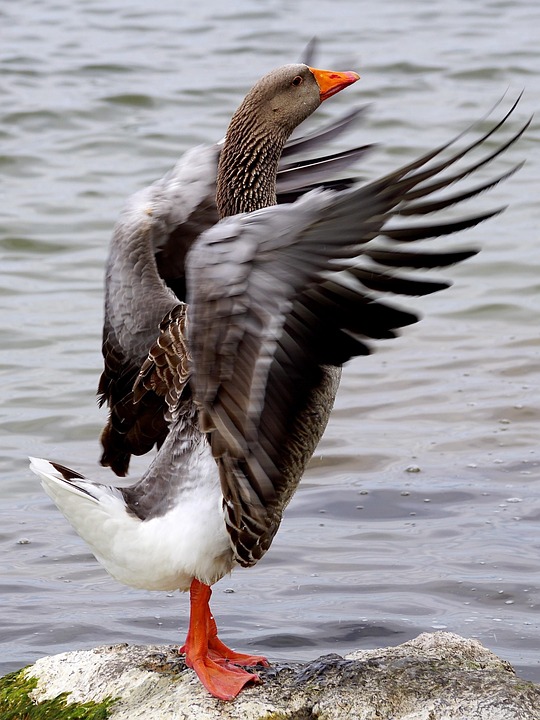Introduction
The poultry industry is a significant contributor to the global food supply chain, providing a vital source of protein for billions of people worldwide. In this report, we will explore the top 10 largest poultry brands in the world, analyzing their market share, financial performance, and key strategies for growth.
Tyson Foods Inc.
Tyson Foods Inc. is one of the largest poultry companies in the world, with a market capitalization of over $20 billion. The company produces a wide range of poultry products, including chicken, turkey, and other specialty meats. In 2020, Tyson Foods reported revenues of $42.4 billion, making it one of the most profitable poultry brands globally.
BRF S.A.
BRF S.A. is a Brazilian poultry company that is a major player in the global market. With operations in over 150 countries, BRF S.A. is known for its high-quality poultry products and innovative marketing strategies. In 2020, the company reported revenues of $8.3 billion, solidifying its position as one of the top poultry brands in the world.
Sanderson Farms Inc.
Sanderson Farms Inc. is a leading poultry producer in the United States, specializing in chicken products. The company has a market capitalization of $3.5 billion and reported revenues of $3.6 billion in 2020. Sanderson Farms is known for its commitment to sustainability and animal welfare, making it a preferred choice for consumers globally.
Perdue Farms
Perdue Farms is a family-owned poultry company based in the United States, with a strong presence in the North American market. The company is known for its premium chicken products and innovative marketing campaigns. In 2020, Perdue Farms reported revenues of $7.3 billion, solidifying its position as one of the top poultry brands in the world.
CP Group
CP Group is a Thai conglomerate that is a major player in the global poultry industry. The company has a market capitalization of $35 billion and reported revenues of $16.7 billion in 2020. CP Group is known for its vertically integrated supply chain and commitment to sustainability, making it a preferred choice for consumers worldwide.
JBS S.A.
JBS S.A. is a Brazilian multinational company that is one of the largest poultry producers in the world. With operations in over 20 countries, JBS S.A. is known for its high-quality poultry products and efficient production processes. In 2020, the company reported revenues of $51.7 billion, solidifying its position as a top poultry brand globally.
Maple Leaf Foods
Maple Leaf Foods is a Canadian company that is a major player in the North American poultry market. The company is known for its premium chicken products and commitment to sustainability. In 2020, Maple Leaf Foods reported revenues of $3.3 billion, solidifying its position as one of the top poultry brands in the world.
Koch Foods
Koch Foods is a leading poultry producer in the United States, specializing in chicken products. The company has a market capitalization of $2.5 billion and reported revenues of $3.1 billion in 2020. Koch Foods is known for its high-quality products and efficient production processes, making it a preferred choice for consumers globally.
Cherkizovo Group
Cherkizovo Group is a Russian company that is a major player in the global poultry market. The company has a market capitalization of $2.2 billion and reported revenues of $2.8 billion in 2020. Cherkizovo Group is known for its innovative products and commitment to quality, making it a preferred choice for consumers worldwide.
Marfrig Global Foods
Marfrig Global Foods is a Brazilian multinational company that is one of the largest poultry producers in the world. With operations in over 10 countries, Marfrig Global Foods is known for its high-quality products and efficient production processes. In 2020, the company reported revenues of $14.3 billion, solidifying its position as a top poultry brand globally.
[Read More: Global Poultry Industry Report 2025: Trends, Challenges, and Future Outlook Across the Value Chain]




